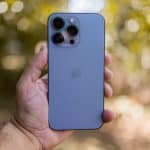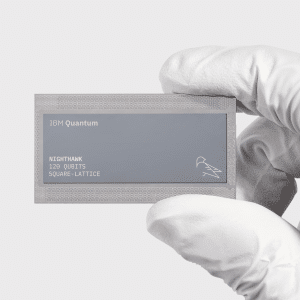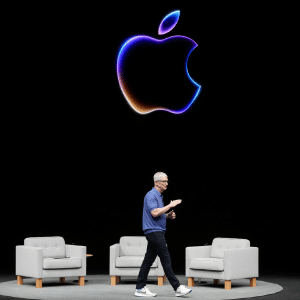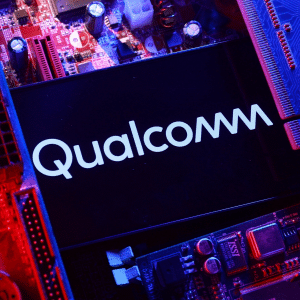There’s an ongoing debate surrounding just how much technology interacts with our biology. Most recently, this has situated around studies regarding our brain, our sleep patterns and our eyesight.
Studies have pointed to a recent myopia epidemic, meaning that many people are more shortsighted than they were a decade ago. This is caused by an enlargement of the eyeball at a rate that is causing severe visual impairment through glaucoma retinal detachment and another retinal problems. Not only is this leading to more people needing glasses, but it also means that their condition is pathological.
At some point during our late teenage years, the growth of our eye stops. This is something that is no longer happening and the theory for this is that more people are doing near-plane reading with their smartphones, causing their eyes to adapt to that particular environment. According to research, this is happening too quickly for it to be deemed a genetic or an environmental response. We’re also spending less time outdoors than before and a lack of UV light exposure can also be one of the predictors for short-sightedness.
In turn, this is also affecting our emotional and social wellbeing. Spending more time looking at a screen, rather than looking someone in the eye, is leading to less empathy in the way that we treat others and more passivity in the way we look at our environment.
There have been policy recommendations from the American Academy of Opthamologists about reducing screen time for children because of the visual and cognitive effects it can cause. However, this idea does not take into account the fact that many people can only gain the information they do on a daily basis through using such devices.
It’s not all bad, though. There have been many positives brought about by smartphones such as blind smartphone users who are now able to take images, share them and have people report back about what it is they are looking at. This has built a community of people who provide sight to those who can’t see.










